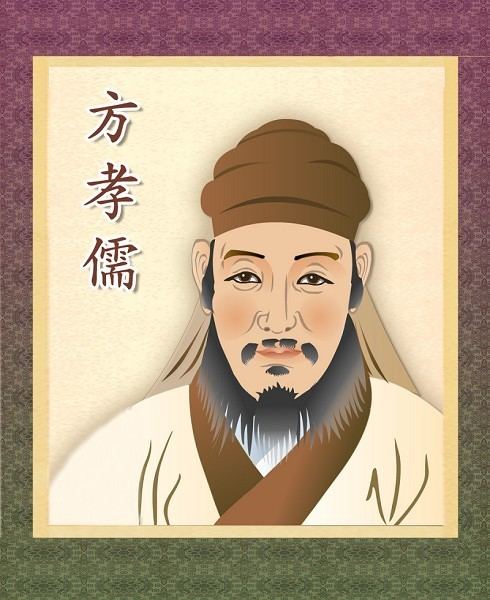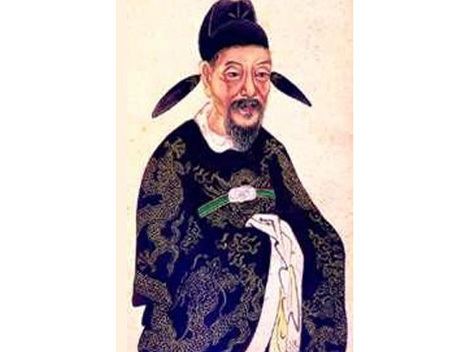Name Fang Xiaoru | ||
 | ||
Cause of death Waist severing during China's only instance of an extermination of the ten degrees of kinship | ||
Fang Xiaoru (Chinese: 方孝孺; pinyin: Fāng Xìaorú) was an orthodox Confucian scholar-bureaucrat of the Ming Dynasty, famous for his continuation of the Jinhua school of Zhu Xi and later for his loyalty to his former pupil, the Jianwen Emperor, who died in the rebellion of the Prince of Yan.

After the Prince of Yan usurped the throne to become the Yongle Emperor in 1402, he summoned Fang Xiaoru, who was famed for his connection to Song Lian and the scholars of the Jinhua school as well as for his own talent and lucid composition. He demanded Fang write an inaugural address that would compare his usurpation of the throne with the regency of the Duke of Zhou during the reign of his nephew King Cheng of Zhou in ancient China. Fang refused, retorting "Then where is King Cheng?" Threatened with the execution of nine kinship, Fang Xiaoru is reported saying: Chinese: "莫說九族,十族何妨" ("Never mind nine agnates; I am fine with ten!"). He was granted his wish with perhaps the only officially designated case of an "extermination of ten degrees of kinship" in the history of China. In addition to his own execution, his blood relations and their spouses were killed along with all of his students and peers as the 10th group. Altogether, 873 people are said to have been executed.
Before death, Fang Xiaoru was forced to watch his brother's execution. Fang Xiaoru himself was executed by "waist severing" (腰斬). The legend goes that prior to his death, he dipped his finger in his own blood and wrote on the ground the Chinese character "篡" (cuàn), meaning "usurper".
